Frozen in Time
An excerpt from “The Last of the Hill Farms,” a forthcoming book documenting Vermont’s remote Northeast Kingdom’s agricultural community.
Frozen in Time
An excerpt from “The Last of the Hill Farms,” a forthcoming book documenting Vermont’s remote Northeast Kingdom’s agricultural community.
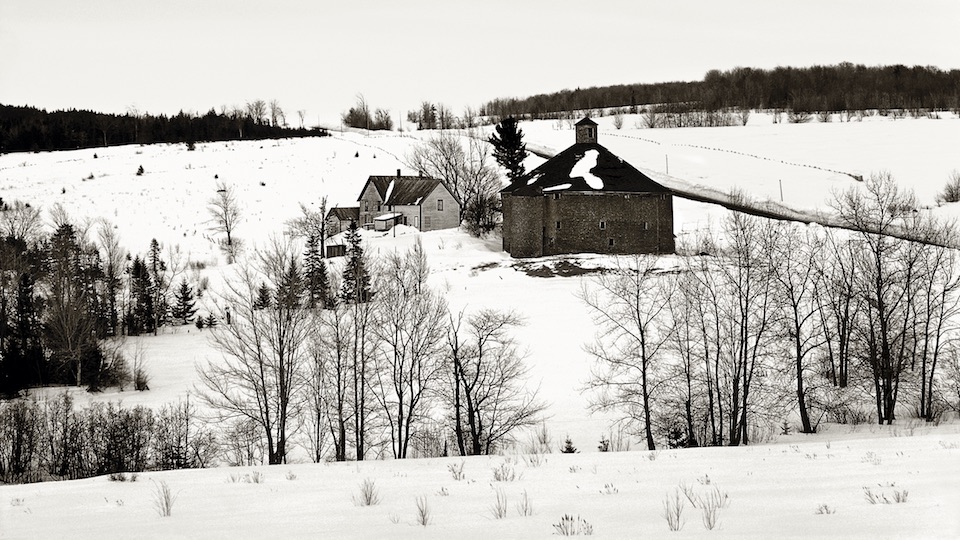
I have always been drawn to the closeness of Vermont’s past.
When I was a kid, my family took trips to the state’s Northeast Kingdom to camp on Burke Mountain. Winding up Route 5, I became aware of the uncommon views passing by our car windows. Derelict tractors rusted away at the edges of fields. Tethered goats grazed on lawns. I thought they were the most beautiful things I’d ever seen. I wished that someday I could live in one of those farmhouses and that this paradise would never change.
The first wish came true. In 1971, I moved to a small village here and started photographing the land and people. Back then, the 20th century still stretched thinly over its predecessor, and I was able to catch glimpses of a bygone era lurking just beneath the surface. At dawn’s light, I would set out, my VW loaded with a couple of Nikons, an 8-by-10 view camera, a tripod, and a dozen sheet-film holders. No map. No plan. I might head for North Danville and eventually come out in Greensboro Bend, never encountering a paved road. The idea was to get lost and maybe end up somewhere before 1900 – or somewhere that at least looked that way.
The small homesteads scattered along these back roads represented the last of Vermont’s hill farms. Anyone tired of cultivating rock-strewn ground had left. Those who stayed and worked Vermont’s stubborn hills did so with a quiet yet fierce attachment. They inhabited old houses that creaked and moaned when the mercury hit 30-below, amid familial relics: cane-seated chairs missing legs, cracked ironstone china, sap yokes, and grain cradles. Dirt-floored basements held canned applesauce, mustard pickles, and stewed tomatoes glinting in rows on sagging wooden shelves. Winters were spent cutting firewood. A long mud season meant enough income from maple syrup to cover taxes. And on autumn mornings, the sharp fragrance of woodsmoke and rotted manure laced the air, and the maples began to blaze.
I felt like I’d died and gone to photographer’s heaven. It was too good to last. But during that brief interval, while the ghosts of the Northeast Kingdom remained palpable, my camera bore witness to the worn-out and obsolete; the Jersey cows and Belgian draft horses; the ancestral portraits hung from crumbling plaster; and the region’s latest strata of human geology, farmers who faced my lens with forbearance and rough-hewn dignity. Photographs capture moments. Moments that reach backward, not forward. In a 60th of a second, the blink of an eye, the click of a shutter, past and present collide. The image that glows on the ground glass is captured forever in silver.
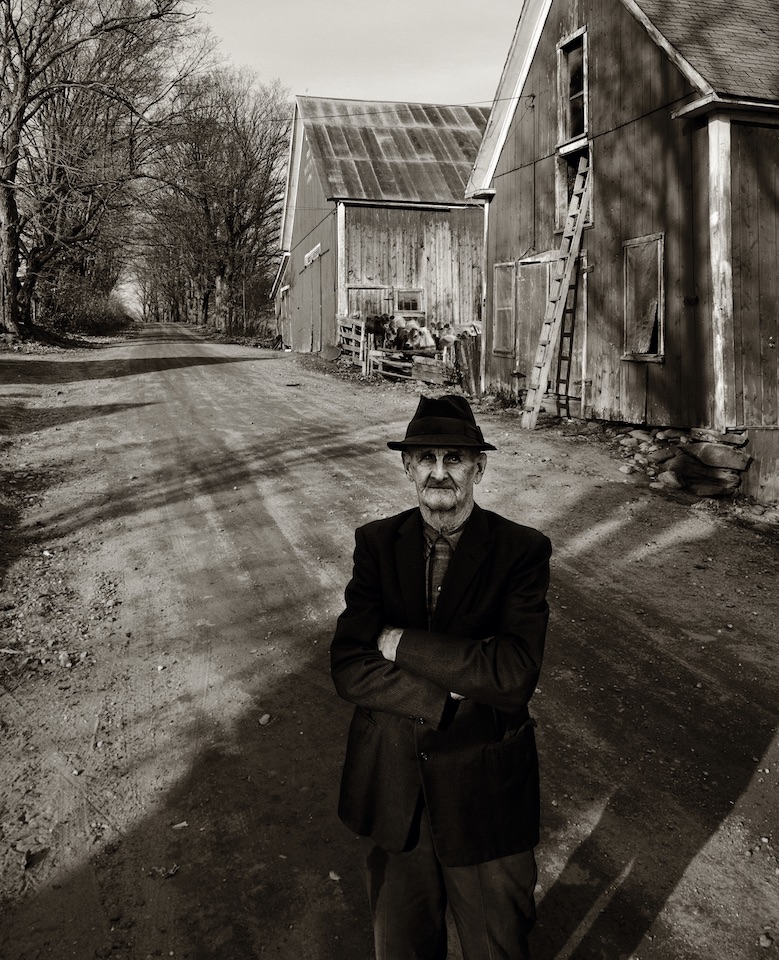
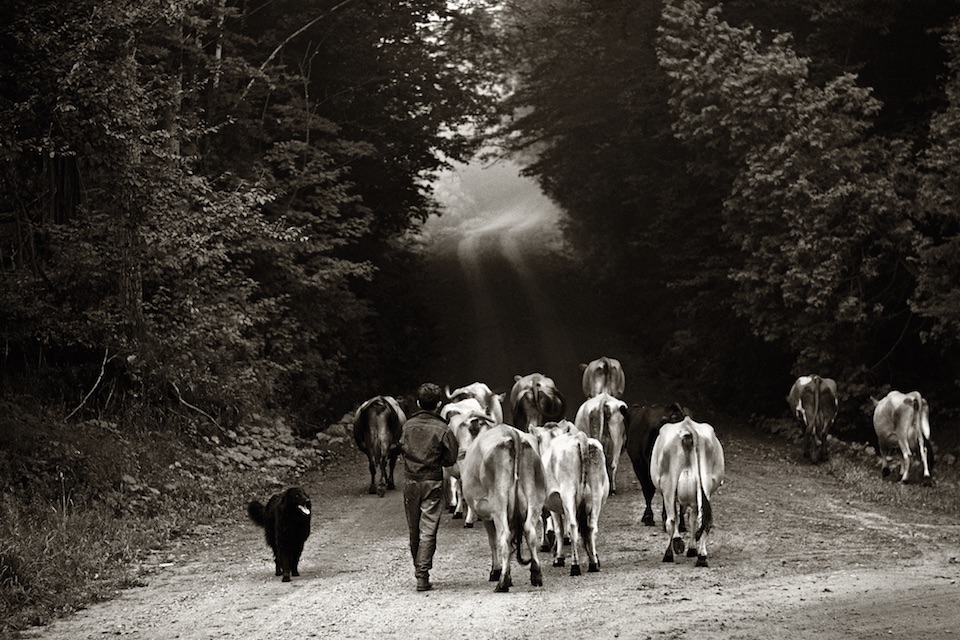
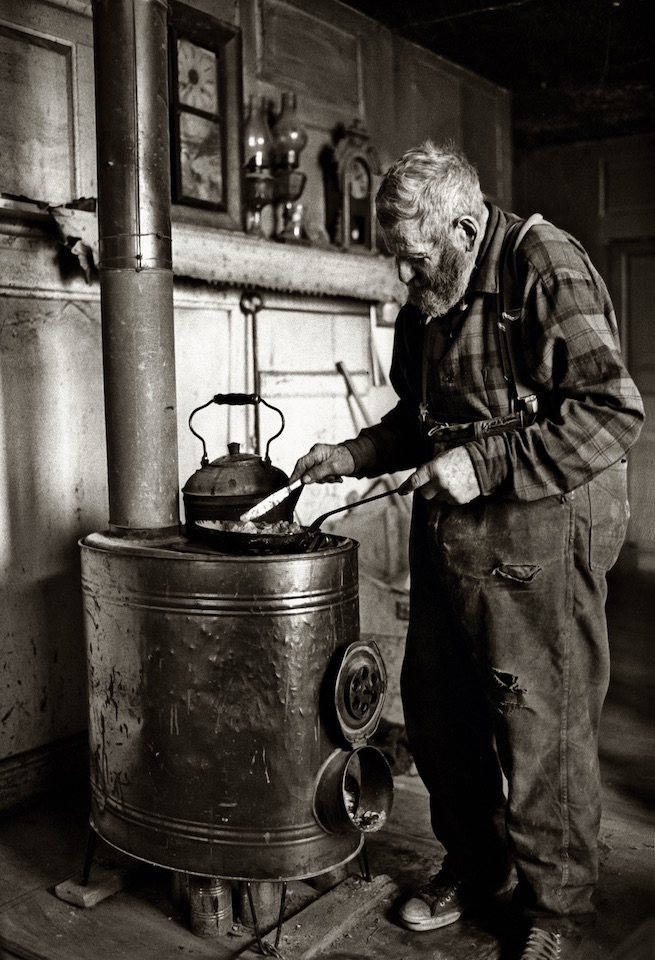
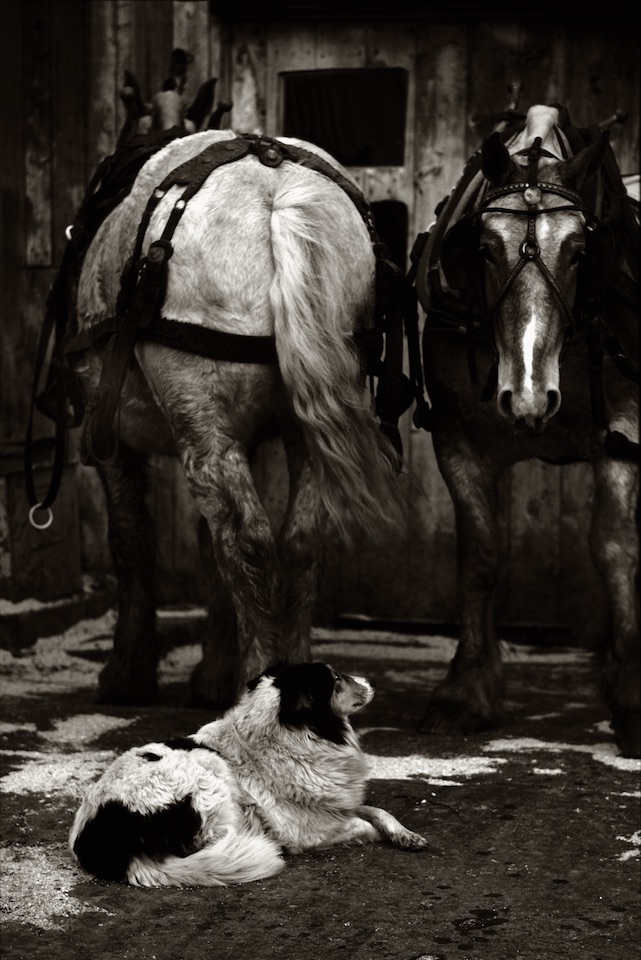
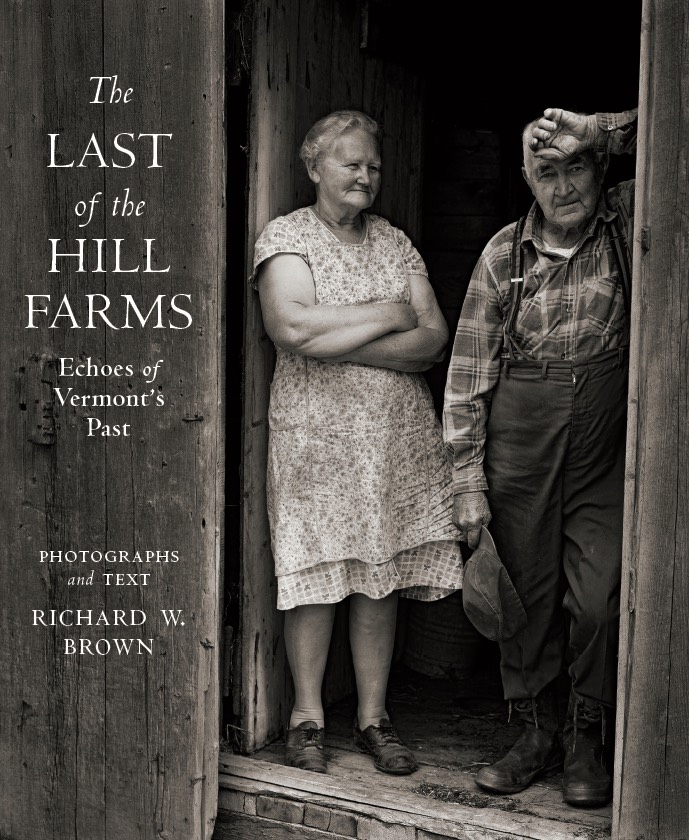 Adapted from The Last of the Hill Farms: Echoes of Vermont’s Past. Photographs and text by Richard W. Brown. Forthcoming in 2018 from David R. Godine, Publisher, Inc. Copyright © 2018 by Richard W. Brown.
Adapted from The Last of the Hill Farms: Echoes of Vermont’s Past. Photographs and text by Richard W. Brown. Forthcoming in 2018 from David R. Godine, Publisher, Inc. Copyright © 2018 by Richard W. Brown.
SaveSave
SaveSave
Follow us

This work is licensed under a Creative Commons Attribution-NoDerivatives 4.0 International License.
Want to republish a Modern Farmer story?
We are happy for Modern Farmer stories to be shared, and encourage you to republish our articles for your audience. When doing so, we ask that you follow these guidelines:
Please credit us and our writers
For the author byline, please use “Author Name, Modern Farmer.” At the top of our stories, if on the web, please include this text and link: “This story was originally published by Modern Farmer.”
Please make sure to include a link back to either our home page or the article URL.
At the bottom of the story, please include the following text:
“Modern Farmer is a nonprofit initiative dedicated to raising awareness and catalyzing action at the intersection of food, agriculture, and society. Read more at <link>Modern Farmer</link>.”
Use our widget
We’d like to be able to track our stories, so we ask that if you republish our content, you do so using our widget (located on the left hand side of the article). The HTML code has a built-in tracker that tells us the data and domain where the story was published, as well as view counts.
Check the image requirements
It’s your responsibility to confirm you're licensed to republish images in our articles. Some images, such as those from commercial providers, don't allow their images to be republished without permission or payment. Copyright terms are generally listed in the image caption and attribution. You are welcome to omit our images or substitute with your own. Charts and interactive graphics follow the same rules.
Don’t change too much. Or, ask us first.
Articles must be republished in their entirety. It’s okay to change references to time (“today” to “yesterday”) or location (“Iowa City, IA” to “here”). But please keep everything else the same.
If you feel strongly that a more material edit needs to be made, get in touch with us at [email protected]. We’re happy to discuss it with the original author, but we must have prior approval for changes before publication.
Special cases
Extracts. You may run the first few lines or paragraphs of the article and then say: “Read the full article at Modern Farmer” with a link back to the original article.
Quotes. You may quote authors provided you include a link back to the article URL.
Translations. These require writer approval. To inquire about translation of a Modern Farmer article, contact us at [email protected]
Signed consent / copyright release forms. These are not required, provided you are following these guidelines.
Print. Articles can be republished in print under these same rules, with the exception that you do not need to include the links.
Tag us
When sharing the story on social media, please tag us using the following: - Twitter (@ModFarm) - Facebook (@ModernFarmerMedia) - Instagram (@modfarm)
Use our content respectfully
Modern Farmer is a nonprofit and as such we share our content for free and in good faith in order to reach new audiences. Respectfully,
No selling ads against our stories. It’s okay to put our stories on pages with ads.
Don’t republish our material wholesale, or automatically; you need to select stories to be republished individually.
You have no rights to sell, license, syndicate, or otherwise represent yourself as the authorized owner of our material to any third parties. This means that you cannot actively publish or submit our work for syndication to third party platforms or apps like Apple News or Google News. We understand that publishers cannot fully control when certain third parties automatically summarize or crawl content from publishers’ own sites.
Keep in touch
We want to hear from you if you love Modern Farmer content, have a collaboration idea, or anything else to share. As a nonprofit outlet, we work in service of our community and are always open to comments, feedback, and ideas. Contact us at [email protected].by Richard Brown, Modern Farmer
January 18, 2018
Modern Farmer Weekly
Solutions Hub
Innovations, ideas and inspiration. Actionable solutions for a resilient food system.
ExploreExplore other topics
Share With Us
We want to hear from Modern Farmer readers who have thoughtful commentary, actionable solutions, or helpful ideas to share.
SubmitNecessary cookies are absolutely essential for the website to function properly. This category only includes cookies that ensures basic functionalities and security features of the website. These cookies do not store any personal information.
Any cookies that may not be particularly necessary for the website to function and are used specifically to collect user personal data via analytics, ads, other embedded contents are termed as non-necessary cookies.